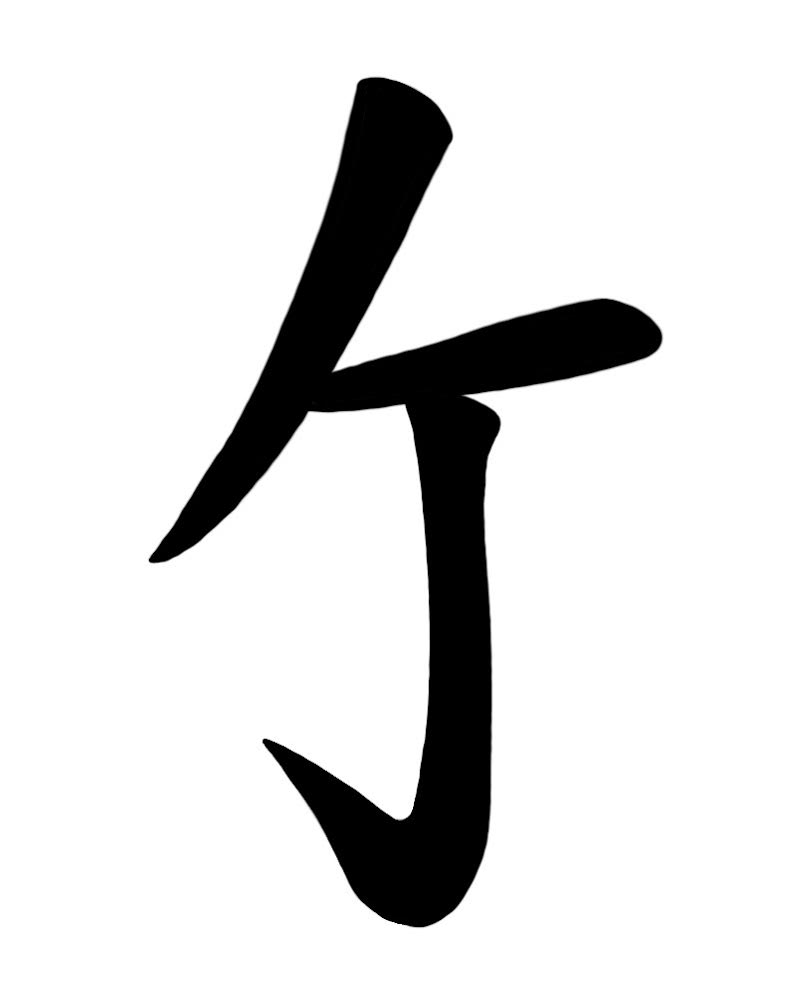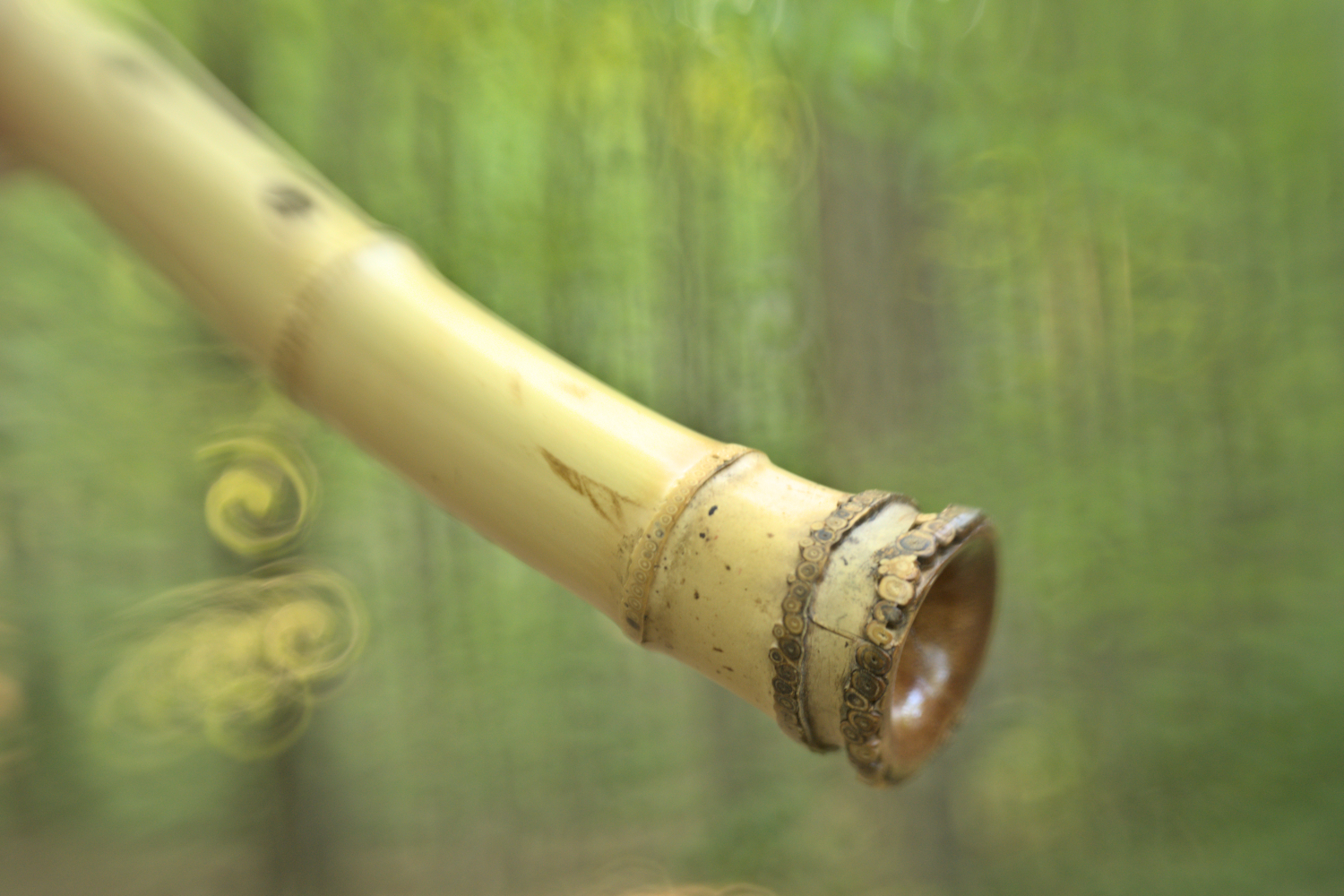Shakuhachi Meditation: The Path of Suizen
Coined in the early twentieth century, suizen, in essence, simply means “blowing (shakuhachi) meditation”. This guide offers insights drawn from my own lived experience as a long time practitioner of meditation.
A Word of Caution & Care
Meditation is neither inherently “good” nor “bad”; anything can arise, including challenging or painful memories. With this understanding, it is wise to proceed with caution and preparation. If you are navigating mental health struggles, trauma, or similar challenges, it is advisable to take extra precautions. In such cases, I recommend researching “meditation for people dealing with mental health struggles” before beginning.
Beginning Your Suizen Practice
For shakuhachi meditation or suizen, most people should start by centering their focus on a single sensation related to playing the instrument. This could be as simple as the feeling of the shakuhachi in your hands, or how you are holding it. Initially, try to maintain this singular focus for your entire suizen session. Timing your sessions is helpful; five to ten minutes is a good starting point. This narrow focus tends to be most effective for beginners or whenever you find it difficult to concentrate.
As you practice, cultivate the gentle intention of noticing when your focus drifts from the shakuhachi, especially due to stray thoughts. When this occurs, gently return your attention to the shakuhachi. Understand that you are not trying to control or eliminate thoughts. Instead, you are simply choosing to focus on other sensations – in this case, those arising from the shakuhachi.
Consider this analogy: If you are eating a meal and decide to look out the window, you wouldn’t say you’re trying to ‘eliminate your meal’ by shifting your focus away from it. Similarly, with suizen, we aren’t trying to ‘eliminate’ our thoughts; we are simply redirecting our attention.
Progressing Your Suizen Practice
Over time, you’ll be able to fluidly shift your focus between various sensations involved in playing the shakuhachi without disrupting your meditation. (While less common, some individuals can achieve this early on in their practice.) Think of shifting your focus like moving a flashlight beam from one object to another.
Additionally, you can begin to include more than one sensation in your central focus, such as the sound of the shakuhachi plus the sensation of your breath. Here, the flashlight beam of your focus widens, illuminating multiple elements simultaneously during your suizen practice.
Moments may arise where your focus appears to expand maximally, becoming ‘centerless.’ Similarly, the ‘you’ that seems to be directing or controlling ‘your’ focus may temporarily dissolve. Be aware that for many, these experiences can be naturally disorienting at first. Following their occurrence, it might be beneficial to ground yourself after your suizen session before re-engaging with other activities.
After Your Practice
Ideally, a friendly guide or community can offer support and “point the way.” However, such guidance isn’t always available precisely when needed. After suizen, if you feel lost, scared, angry, confused, or even intensely happy, take a moment to simply listen, see, hear, and feel – to just notice or sense. Ensure you feel fully ready before resuming your day.
Thank you for entrusting me to help you navigate the deeply personal odyssey of meditation with the shakuhachi or suizen. Just as there are countless individuals, there are countless approaches to meditation and suizen. I hope you find your way, Josen

